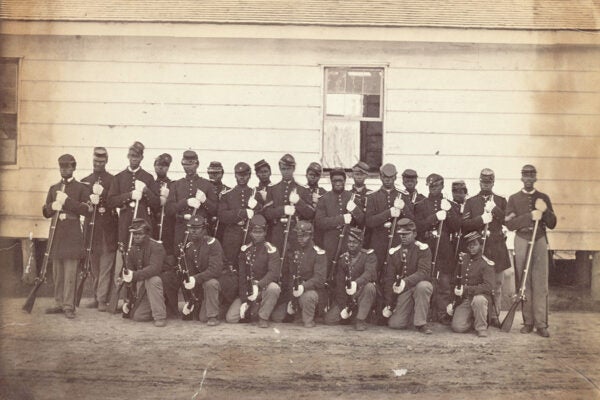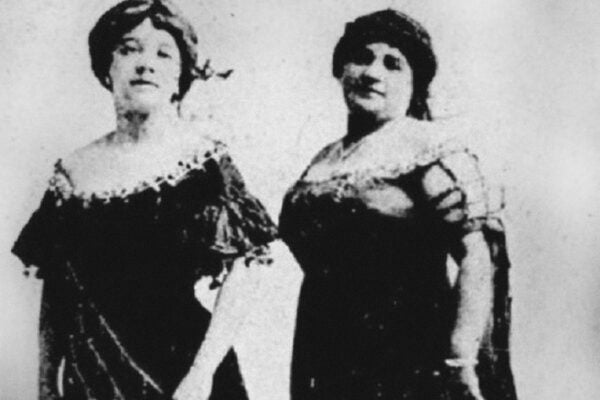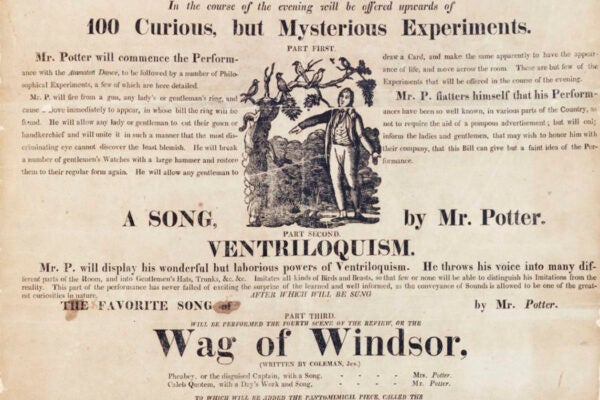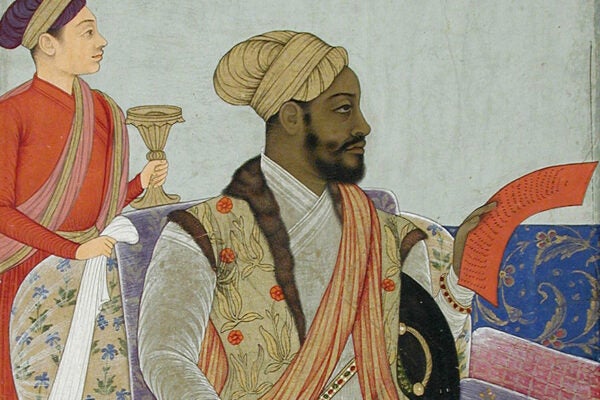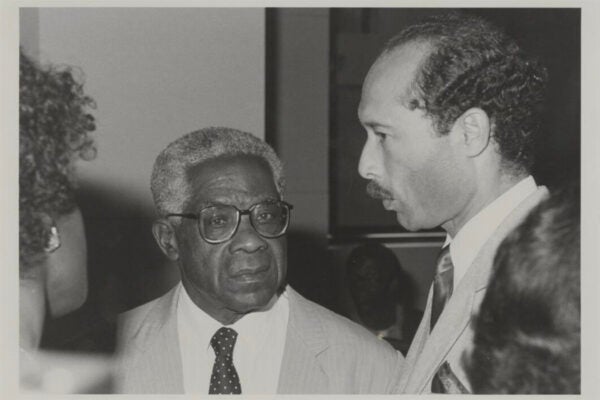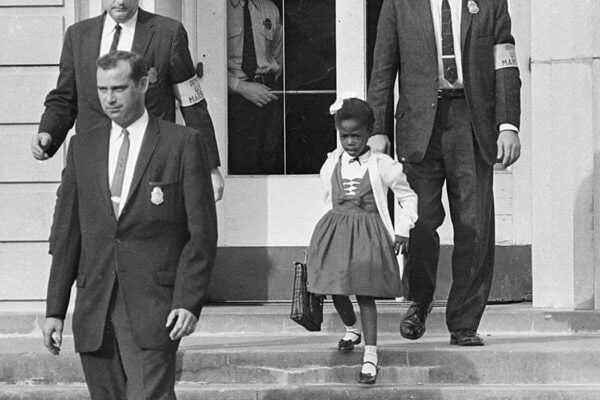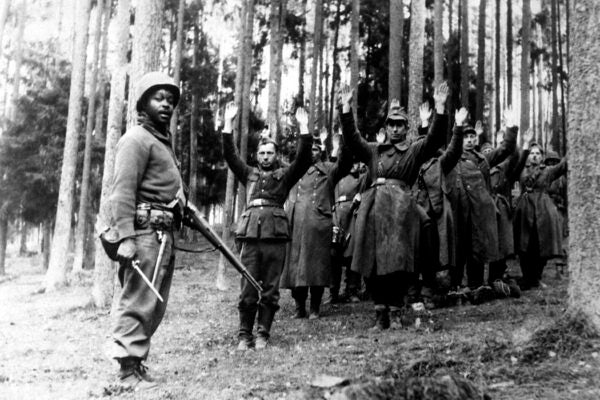The Sanitary Commission’s Other Agenda
The US Sanitary Commission is credited with saving lives during the Civil War, but its leadership hoped it would be remembered for advancing racialized science.
The Griffin Sisters Helped Build Black Vaudeville
The sisters were not only a singing duo, they were successful businesswomen and advocates for Black-owned enterprises in the entertainment world.
America’s First Ventriloquist
Richard Potter, the first American-born ventriloquist and stage magician, learned his trade after being kidnapped and abandoned as a child in Great Britain.
Kwame Brathwaite Showed the World that Black is Beautiful
Photographing everyone from musicians to athletes to the person on the street, Brathwaite found the beauty in Blackness and shared it with the world.
The Habshi Dynasty of India
Amongst the hundreds of minorities within the Subcontinent, Black Indians of African origin stand out.
Négritude’s Enduring Legacy: Black Lives Matter
Today's anti-racist activism builds on the work of Black Francophone writers who founded the Pan-African Négritude movement in the 1930s.
The Ballad of Railroad Bill
The story of Morris Slater, aka Railroad Bill, prompts us to ask how the legend of the "American outlaw" changes when race is involved.
Chainlink Chronicle: Celebrating Black History in Louisiana
An exploration of one prison newspaper’s commitment to celebrating Black History with a unique focus on its home state.
How Rap Taught (Some of) the Hip Hop Generation Black History
For members of the Hip Hop generation who came of age during the Black Power era, “reality rap” was an entry into the political power of Black history.
Prisoners Like Us: German POW and Black American Solidarity
During World War II, almost a half million POWs were interned in the United States, where they forged sympathetic relationships with Black American soldiers.
